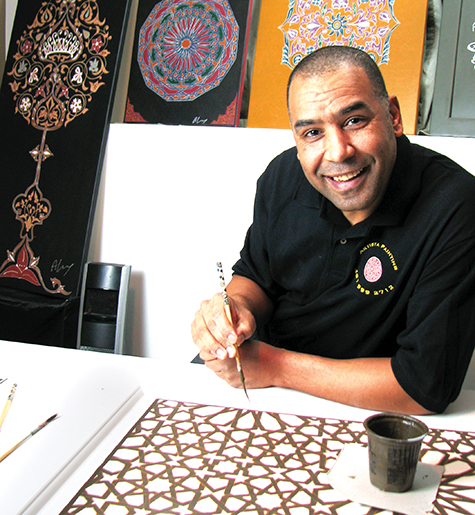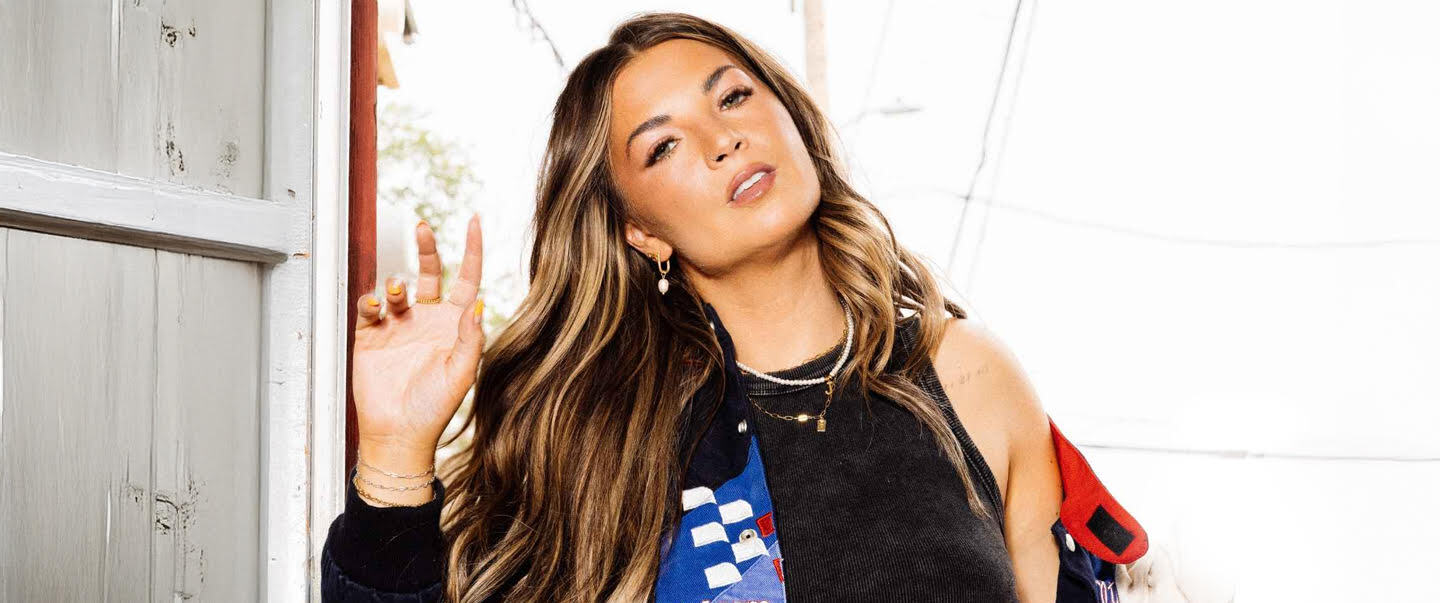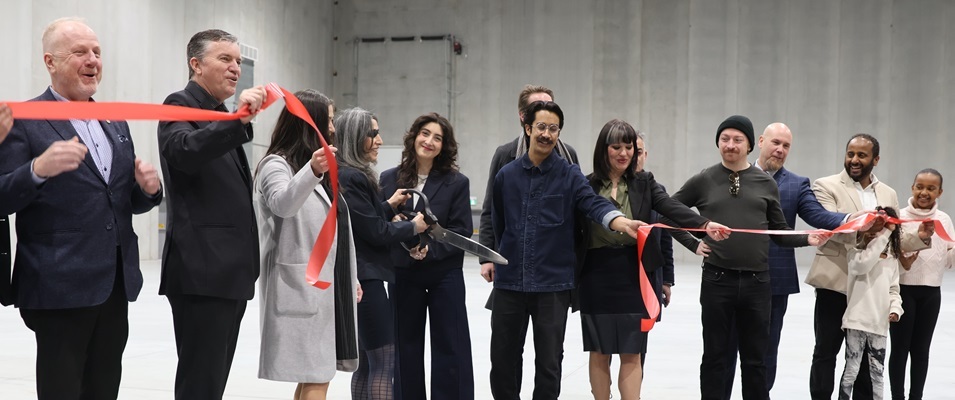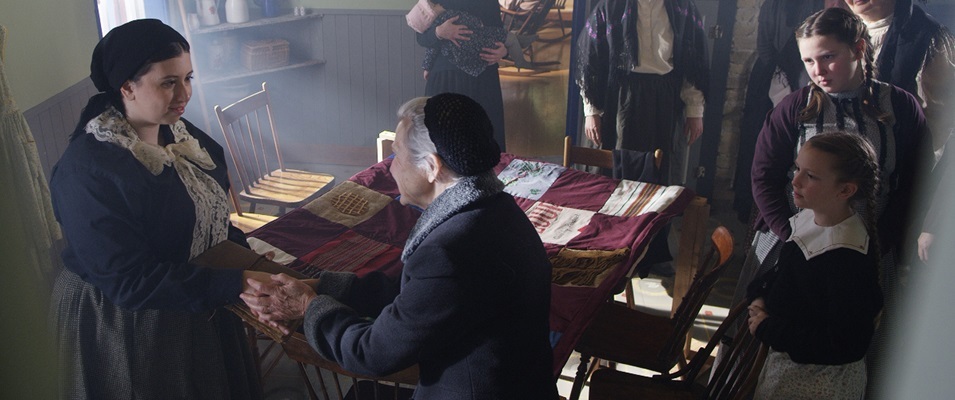
Moroccan art may not be something a lot of Manitobans are familiar with, but to artist Ahmed Laarissa, it is his passion. Laarissa has been painting in this difficult style for many years.
“It’s not something you can learn at school,” says Laarissa. “You will learn the basics of [art] but every-thing else comes from your mind.”
The only true way to learn traditional Moroccan art is to apprentice under an expert, and that’s exactly what Laarissa did.
He has gone on to do some truly amazing things in his field, including painting for the king of Morocco. He also painted for the Moroccan pavilion at the Expo in Seville, Spain in 1992.
The most traditional canvas for Moroccan art isn’t a canvas at all; it’s your home. Ceilings, doors, furniture… every painting is unique and designed specifically for the surface the artist is working on. Laarissa’s art can be found in homes—and yes, palaces—around the world, including in Saudi Arabia, Dubai, and France.
Making this kind of art can be time-consuming. “The more complicated the pattern, the more time you will spend on it,” says Laarissa.
He notes that creating the pattern actually takes more time than the painting itself. He even meticulously creates his own stencils, used as an outline to guarantee that the patterns stay symmetrical.
The geometric nature of many of his designs make his work all the more difficult, requiring a dizzying combination of artistic vigour and math. “If you screw up with one millimetre, it’s all going to be off.”
Laarissa still paints doors and tables, but since moving to Canada he has also started painting on traditional canvases.
“Because I thought people here might like something portable,” he says, having noticed that Canadians move a lot. “They will be in a house for two or three years and then move.”
Indeed, if you don’t plan on staying in your home for many years, you may not want your whole ceiling painted, so a traditional canvas is more practical.
But nothing about Laarissa’s art is truly conventional. Even his paintbrushes are handmade from Moroccan donkey hair which cannot be bought in stores. When he runs out of brushes, he calls his brother in Morocco to go and look for a donkey that has the right hair.
“It has to be a smart donkey,” jokes Laarissa, noting that not every donkey has the right hair, “[and] it has to be specific hair.” The hair cannot be too rough or too soft. “Either of those, it won’t work. It has to be 50/50.”
Laarissa tells the story of a time when he was working in France and ran out of hair. “Basically we’re stuck…We had to order from Morocco and wait until it arrives,” he says. “If you don’t have the right tools, you cannot do it. It will not turn out as you wish.”
Laarissa’s method’s might seem extreme to some, but that’s the price you pay for truly beautiful art.




















